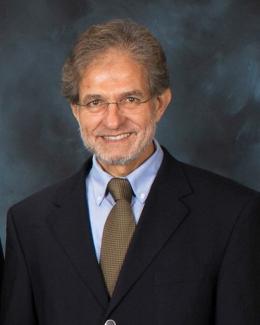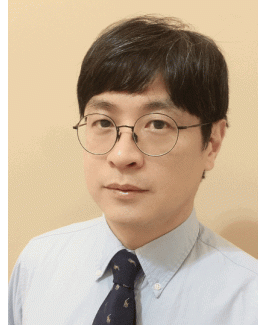Abstract
The charging of various airborne particles was investigated using single-particle levitation and charge-balance equations. Though radioactive decay and triboelectrification can induce charging, it is typically assumed that the aerosols in a radioactive plume will not carry significant charge at steady state since atmospheric particles can have their charge neutralized through the capture of adjacent counter-ions (i.e., diffusion charging). To assess this assumption, we directly measured the surface charge and charge density of various triboelectrically charged aerosols including radioactive uranium oxide (<1 μm), urban dust, Arizona desert dust, hydrophilic and hydrophobic silica nanoparticles, and graphene oxide powders using an electric field-assisted particle levitator in air. Of these particles, uranium oxide aerosols exhibited the highest surface charge density. Charge balance equations were employed to predict the average charge gained from radioactive decay as a function of time and to evaluate the effects of diffusion charging on triboelectrically charged radioactive and non-radioactive particles in the atmosphere. Simulation results show that particles, initially charged through triboelectrification, can be quickly discharged by diffusion charging in the absence of radioactive decay. Nevertheless, simulation results also indicate that particles can be strongly charged when they carry radionuclides. These experimental and simulation results suggest that radioactive decay can induce strong particle charging that may potentially affect atmospheric transport of airborne radionuclides.






